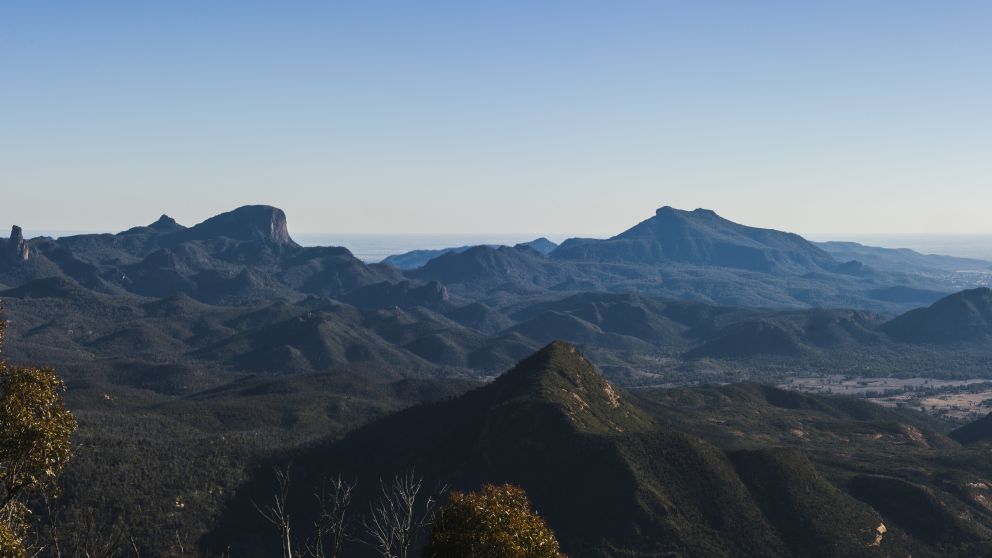
Views across a volcanic mountain range, Warrumbungle National Park
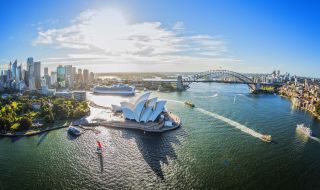

Coonabarabran ('Coona' to locals) is widely recognised as an ideal place for stargazing thanks to its pristine air, high altitude (505m) and low humidity, and several observatories have been established in the area.
Sitting on land owned traditionally by the Gamilaroi people, it's an old-fashioned, welcoming sort of a country town, where the locals are likely to strike up a conversation with travellers over icy beer in one of its main-street pubs.
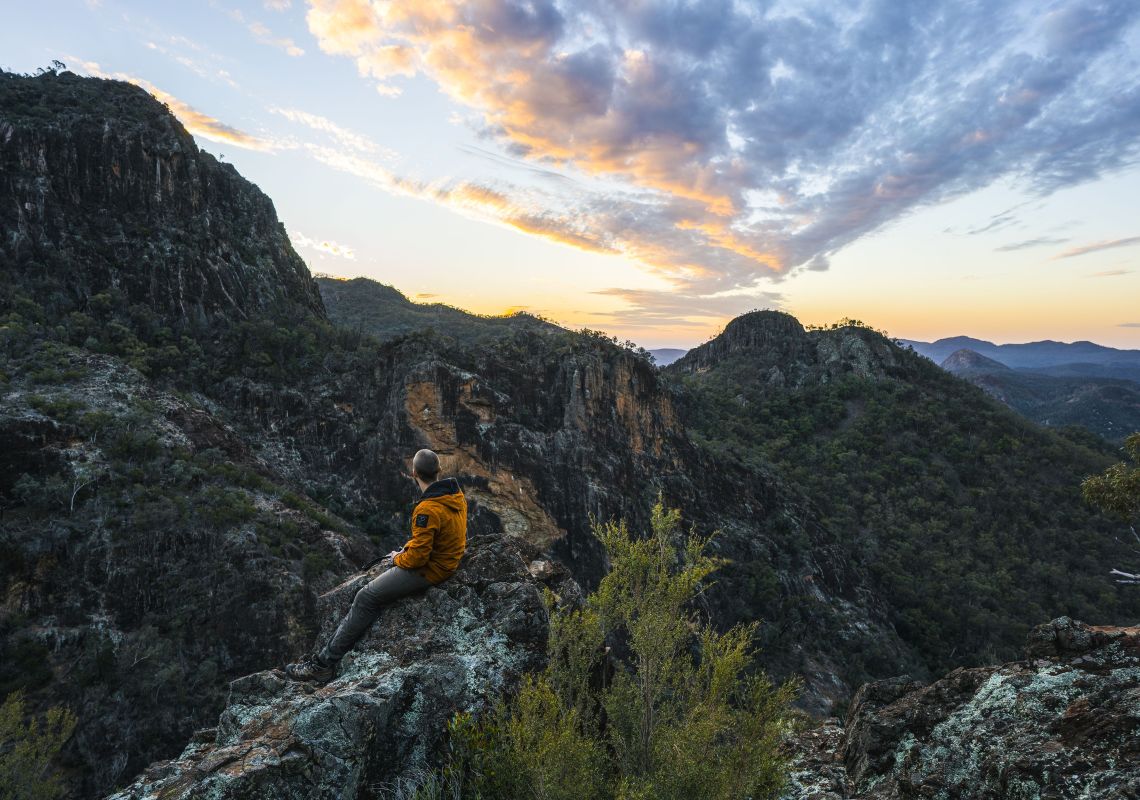
Coonabarabran is the stargazing capital of Australia. The small country town is on the edge of the iconic Warrumbungle National Park, which was officially recognised as an International Dark Sky Park in 2016, the first in Australia.
The pristine night sky is free of artificial light that limits celestial views in cities. Some observatories near the park are open to the public all year for amazing night sky experiences through large telescopes, weather permitting.
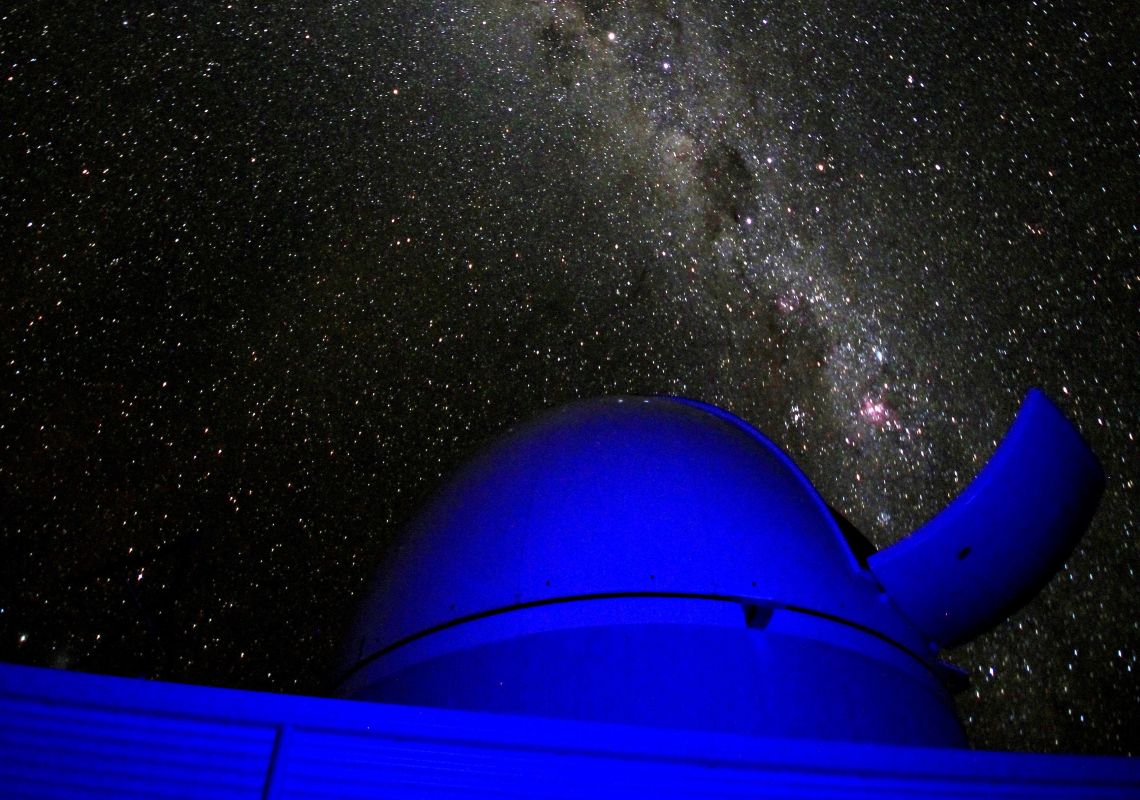
Inside the park is the Siding Spring Observatory, home to Australia’s largest optical telescopes. You’ll learn about the solar system and the Universe at the interactive Exploratory centre, which is open during the day time only.
You can observe the galaxies of stars through powerful telescopes at the Milroy Observatory and the Warrumbungle Observatory. Both observatories offer experts to guide you through the stars. Booking is essential.
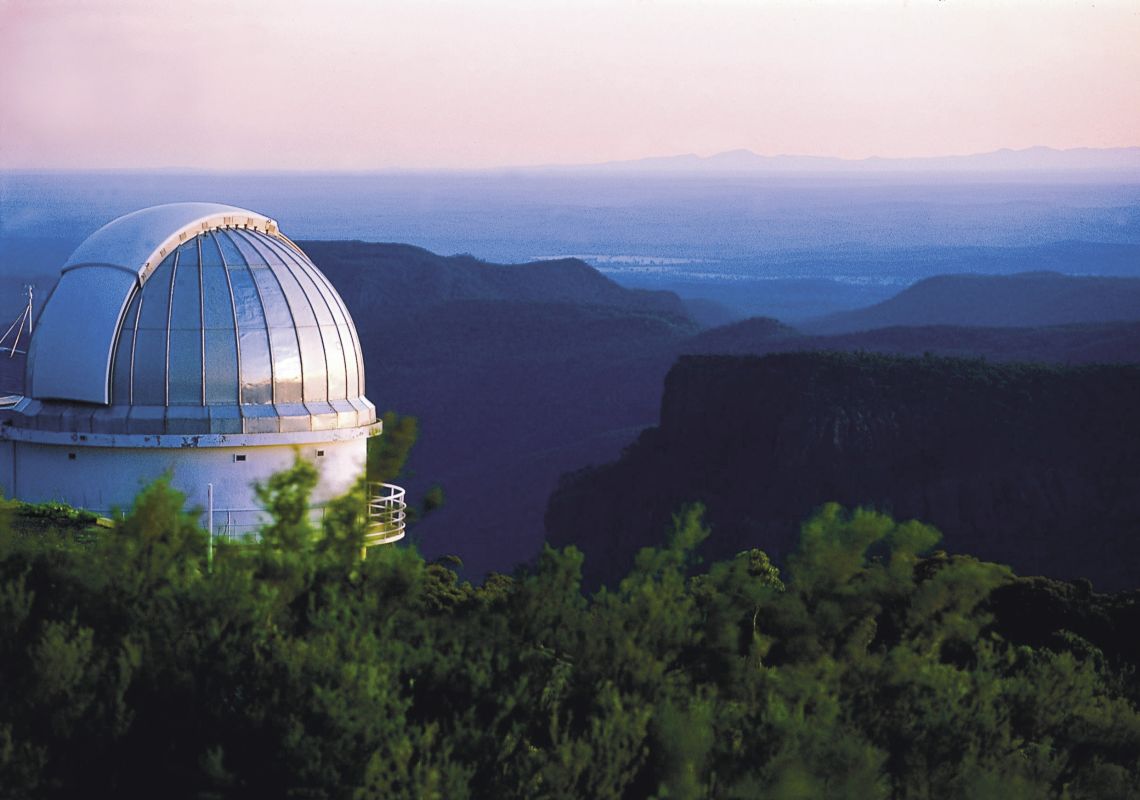
For earthly observations, explore the rare crystals and fossils at the Crystal Kingdom. The fossilised skeleton of the largest marsupial to have ever lived is at the Australian Museum Diprotodon Exhibition. There are also scenic drives and day trips to the Pilliga Forest, a breathtaking landscape.
Coonabarabran is 100 minutes’ drive northeast of Dubbo. The drive from Sydney to Coonabarabran, via the Blue Mountains or the Hunter Valley wine region, is six hours. You’ll find plenty of accommodation options, from motels and pubs to cottages, farm stays, caravan parks and campgrounds. You can even stay at the Skywatch Observatory, which has a large telescope.
Consider yourself something of an amateur stargazer? Coonabarabran might just be the best place you’ve never heard of.
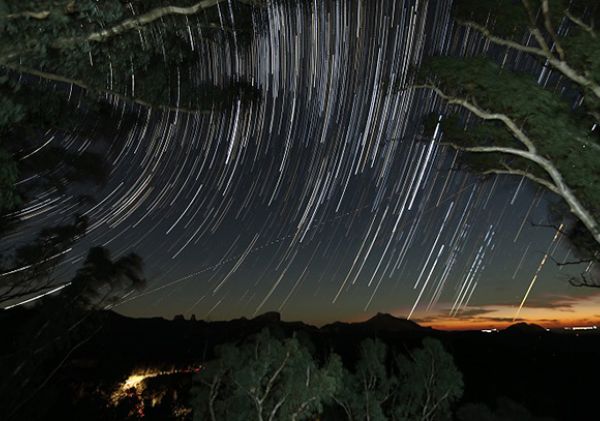
All the insider news, tips and inspiration you need to plan your next trip, delivered straight to your inbox.
Sign UpVisitNSW.com is the official tourism site for Destination NSW.
© Copyright 2023 Destination NSW. All rights reserved